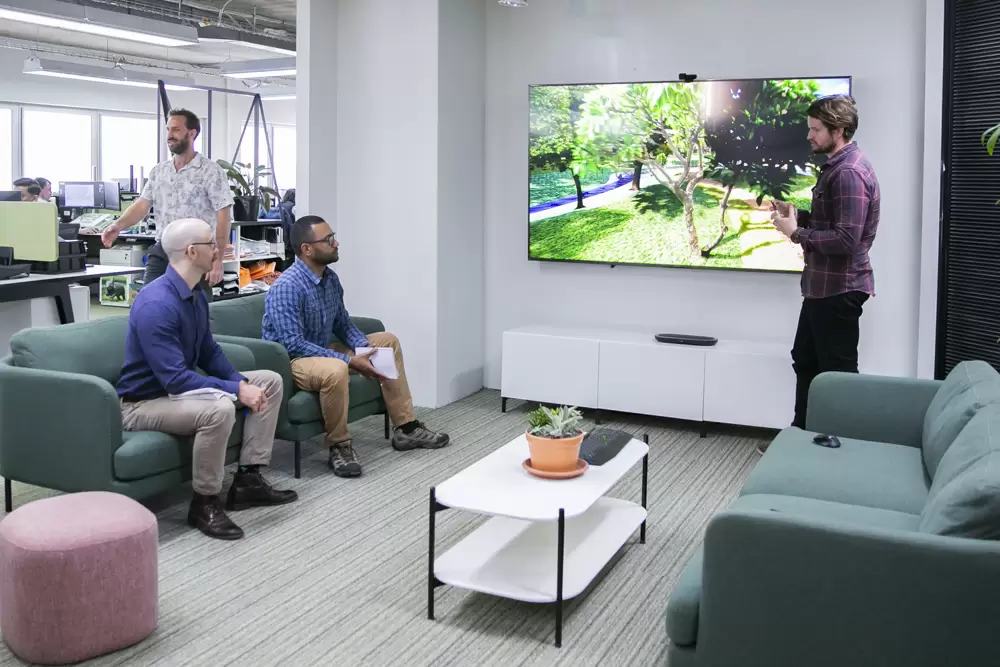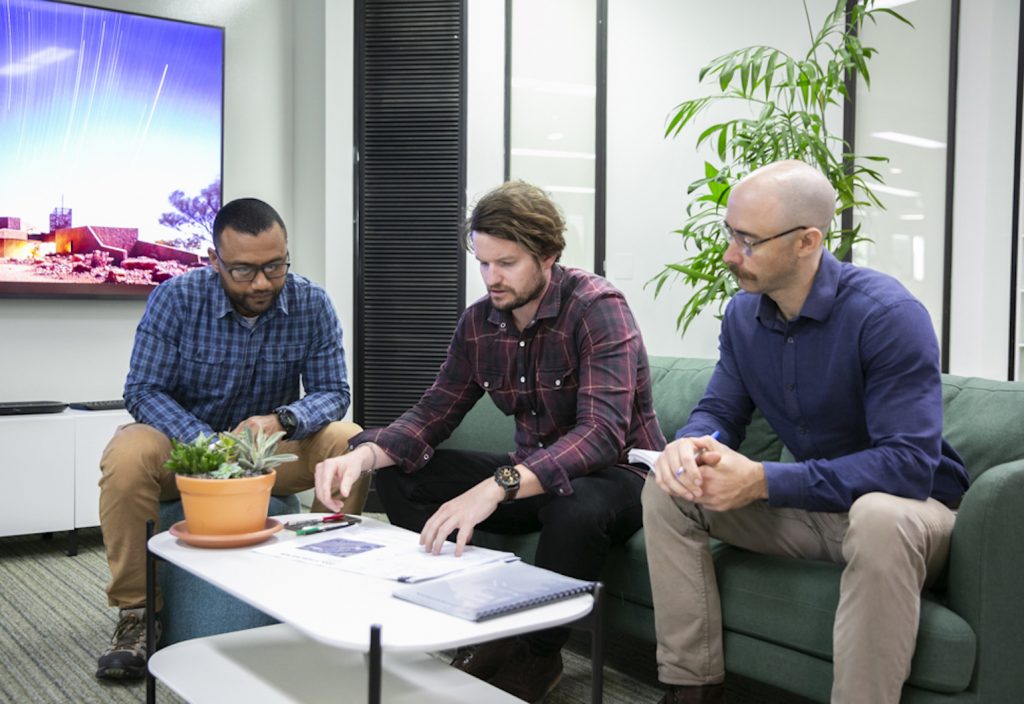Ashley Flower is a Principal Civil Designer at Bligh Tanner who specialises in complex projects and has a passion for creating engaging community spaces.
It’s safe to say that Ashley Flower is a natural born problem solver. It’s hard not to be when you grow up watching machines and harvesters, systems and procedures, and even floods, in a small agricultural town in North Queensland.
“It was an apprenticeship for future things to come. Engineers solve problems — and being in the country, that’s what we did, solving them one at a time,” Engineer Australia’s 2021 Engineering Technologist of the Year told create.
Flower began his career as a cadet draftsperson at AECOM in Townsville, and studied part time during his cadetship before graduating university with a Bachelor of Engineering Technology.
“I was fortunate enough that there was a boom period going on, so it wasn’t long before I was thrown onto some big road projects,” he said. “I started leading drafting teams and leading my own designs at a young age.”
Transferring to Brisbane after five years for a change, Flower was appointed lead designer on a section of the city’s mega rail project, the Moreton Bay Rail Link. After three years in Brisbane, he decided to take up a position at Bligh Tanner, a consultancy firm responsible for some of Australia’s most innovative and complex engineering projects.
Parks and recs
“We have a great team, working on great projects and genuinely feel we are making a difference in the world,” he said. “One of my favourite areas is creek naturalisation and revitalisation projects.”
Flower has designed some of Australia’s most celebrated landscape projects, including the Small Creek Naturalisation, winner of two National Australian Institute of Landscape Architects Excellence Awards, and the Hanlon Park Redevelopment.

“Creek naturalisation typically entails taking an old concrete channel or similar, and turning it back into a natural watercourse,” he said.
“These projects come with many challenges beyond the typical civil engineering projects. Whilst we still consider things such as earthworks, floodings, stormwater, geotechnical challenges, we also have to take concepts into account such as fluvial geomorphology.
“That’s understanding how a creek works and changes over time. We also have to give consideration to plants and species, and how they grow in the shade and sun, and in varying water levels, and community factors such as inviting children to the water to play and hopping over rocks, whilst making it safe.”
Going for gold
As a keen cyclist, Flower is interested in improving recreation and cycling spaces throughout Brisbane.
“We are specialist designers of criterium tracks — road cycling racecourses — as well as BMX and pump tracks. It’s great to design things and then get out there and try them,” he said.
“With the 2032 Brisbane Olympics coming, there are so many opportunities for great projects in South East Queensland. I would like to continue to refine our craft in the sports and recreation space, and design something that is a part of the Olympics. That would be a great achievement.”
Flower said that if he could sum up his career, it’s that he enjoys going beyond simply using his technical skills.
“I want to make a difference beyond what I can do with my mouse and keyboard,” he said.
His advice for those interested in engineering is to say yes to every opportunity, even if it feels uncomfortable.
“Speaking to the other technical designers and draftspersons, I would recommend that they look to step beyond the technical role and further their careers — a lot of it comes down to personalities and relationships,” he said.
Learn more about the Engineers Australia Excellence Awards here and nominate an engineer for 2022.
